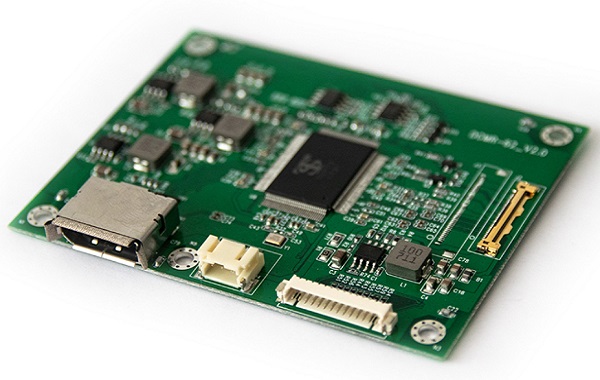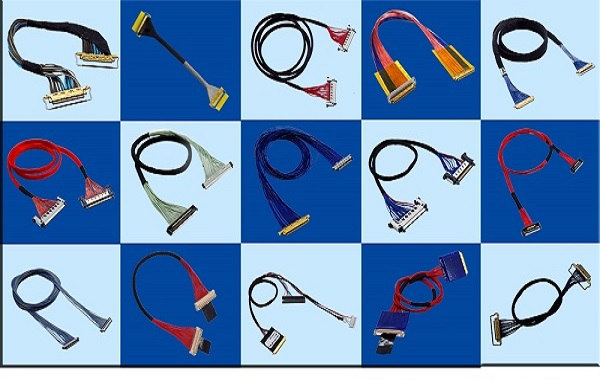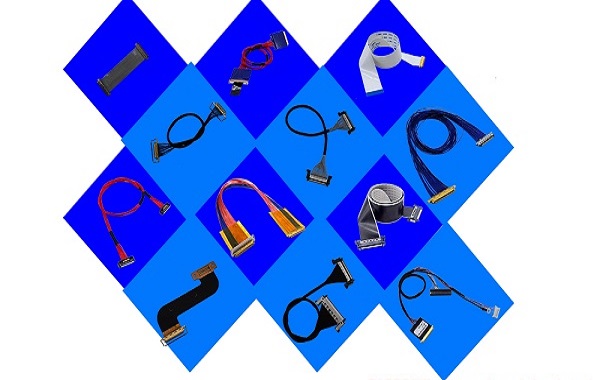Categorization:Harness Component

The main differences between eDP and LVDS:
1. Protocol and transmission method: LVDS is based on differential signals, with a simple structure but requiring multiple pairs of differential lines and clock lines, and belongs to the traditional solution. eDP originates from DisplayPort technology, supporting data packaging and auxiliary channel transmission, and can achieve higher data rates with fewer bundles.Bandwidth and Resolution: LVDS is suitable for medium and low-resolution displays (such as 1080p and below), while eDP can support several Gbps with a single channel, easily meeting the requirements for 2K, 4K, and high refresh rates.
Cable complexity: LVDS has more lines, which makes routing complex; eDP has fewer lanes, does not require additional clock lines, and the extremely thin coaxial cable assembly is easier to route.
4. Power Consumption and Electromagnetic Compatibility: With LVDS, the larger the number of lines, the more likely it is to encounter cross-talk and EMI issues; the eDP protocol is well-designed, offering better power consumption and EMI performance.
Cost and maturity: LVDS technology is mature and cost-effective, suitable for applications with high stability requirements and low resolution; eDP has a slightly higher cost but is suitable for high-resolution and thin and light products.

The design points of ultra-fine coaxial beam in two interfaces
Impedance matching: Maintain consistent differential impedance (usually 100Ω) to prevent signal reflection and distortion.The signal rate and wiring length: High-speed eDP has high requirements for cable length, bending radius, and shielding; LVDS, although with lower speed, also needs to avoid crosstalk in long-distance transmission.
Connector reliability: Ensure low contact resistance and high mechanical stability, and be adaptable to frequent plugging and unplugging and vibration environments.
Interference from power and control signals: When power or control lines are present in the same cable bundle, attention should be paid to the interference with high-speed differential signals.
5. Environmental adaptability: In applications such as in-vehicle and industrial, the harness must have resistance to bending, high temperature, and resistance to humidity and heat.
Three, selection suggestions
1. Prioritize eDP: Suitable for high-resolution, high refresh rate, and slim products, such as laptops, tablets, and high-end display devices.Select LVDS: Suitable for industrial equipment, vehicle displays, or medical instruments, with moderate resolution requirements but emphasis on stability and cost control.
Compatibility design: For products with a long life cycle, reserved space for upgrades can be provided to be compatible with future higher-speed interface standards.
Whether it is eDP or LVDS, the extremely thin coaxial cable bundle is a core component in high-speed signal transmission. Engineers need to consider factors such as resolution requirements, power consumption constraints, application environment, and supply chain to find the optimal balanced solution when selecting types.
I amSuzhou Huichengyuan Electronic Technology, Focused on the design and customization of high-speed cable harnesses and ultra-fine coaxial cables for a long time, committed to providing customers with stable and reliable high-speed interconnection solutions. For technical consultation or more information, please contact:Yin Manager 18913280527 (WeChat number)。